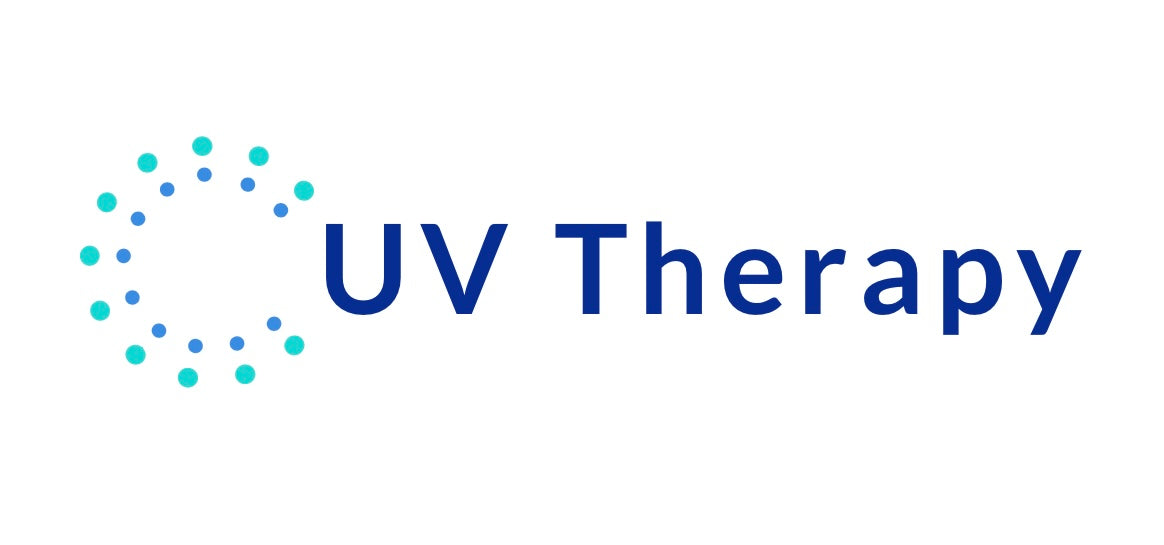Psoriasis Facts
Psoriasis is a common condition where there is inflammation of the skin. It typically develops as patches (plaques) of red, scaly skin. Once you develop psoriasis it tends to come and go throughout life. A flare-up can occur at any time. The frequency of flare-ups varies. There may be times when psoriasis clears for long spells. However, in some people the flare-ups occur often. Psoriasis is not due to an infection and you cannot pass it on to other people.
How common is psoriasis and who gets it?
About 1 in 50 people develop psoriasis at some stage of their lives. Psoriasis is more common in white people. It can first develop at any age but it most commonly starts between the ages of 15 and 30 years. About 3 in 10 people with psoriasis have a close relative with the same problem. Also, one large study found that smokers (and ex-smokers for up to 20 years after giving up) have an increased risk of developing psoriasis compared with non-smokers. One theory for this is that poisons (toxins) in cigarette smoke may affect parts of the immune system involved with psoriasis.
Narrowband Therapy for Psoriasis
Ultraviolet (UVB) light therapy is a popular option for psoriasis when creams and ointments aren’t enough. It’s also called phototherapy. Light therapy involves standing in a specially-designed cubicle that contains ultraviolet fluorescent lights. It’s important to note this is very different from using high-street sunbeds.
Our light therapy units use a small part of the UVB light naturally found in sunlight to treat your psoriasis. Light therapy usually involves having two or three sessions a week, for around three to four months.
